
Igniton (eNPQ Quasi-Particle) Technology
From CERN laboratories in the 1990s to modern, energy-efficient systems in Colorado
Igniton (eNPQ quasi-particle) technology was originally developed in the 1990s. In 1995, the lab was established at the CERN facility in Switzerland, with much of the hardware to verify and measure the eNPQ quasi-particle — named “ignitons” — rented from CERN. The current operation is in Colorado.
The component stages of the eNPQ (Ignitons) characterization system are from the Swiss laboratories, used until two years ago when the necessary data on the nature of the quasi-particles and their industrial application had been collected. The current equipment was then designed, constructed, and established in Colorado.
Current ignitons concentration and stabilization equipment
Hot plasma was replaced by cold plasma — enabling far more energy-efficient and compact designs
-

High-vacuum cold plasma with coherent photonic stream complex
using Si-wafers with quantum wellnano-layers
-

Direct igniton deposition equipment
focusing on protons’ grayperipheral region
-

Computer control unit
and vacuum plasma chambers
-

Direct igniton deposition
into protons in the molecule mix
Original ignitons (eNQP) characterization systems
Electronic Control and Counting Systems
Data I/O systems, cascade particle counters, signal amplification, RF drivers, sensor and process control

eNQP acceleration stage
– Sequential deflectors and final target
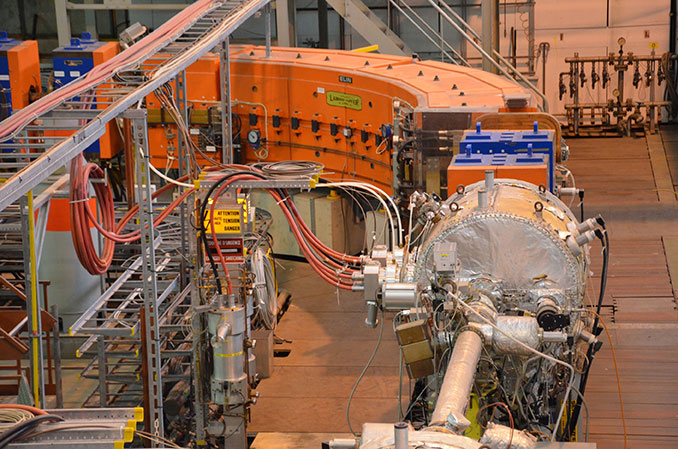
Detection (Stage 1)
– Frequency discriminator, tuner and pre-modulation
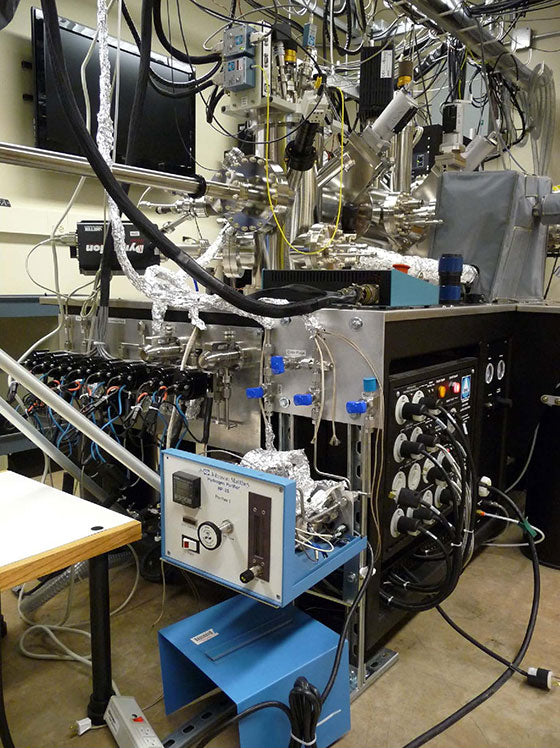
Light-matter interaction
Laser sample disintegration. The sample is volatilized, particle packets isolated and conveyed into the circuit
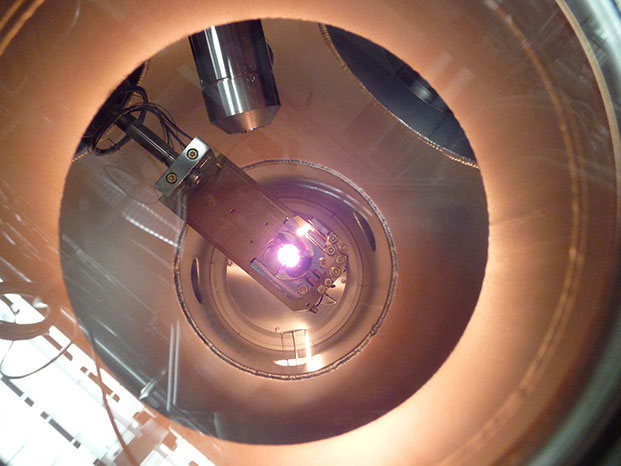
Hot plasma resonance chamber
Post-volatilization section. Tritiated gases ionized;, eNQPs highlighted by resonance for subsequent acceleration

Vertical magneto-static/RF deflector
Deflects packets to separate eNQPs from transport particles
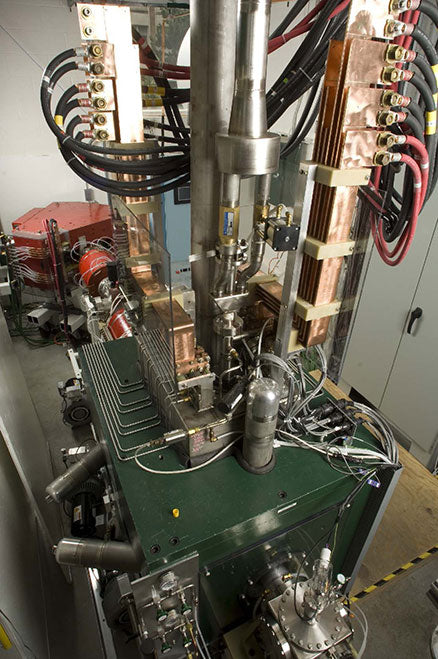
Splitter
Separation system between transport particles and eNQP. Pre-acceleration stage
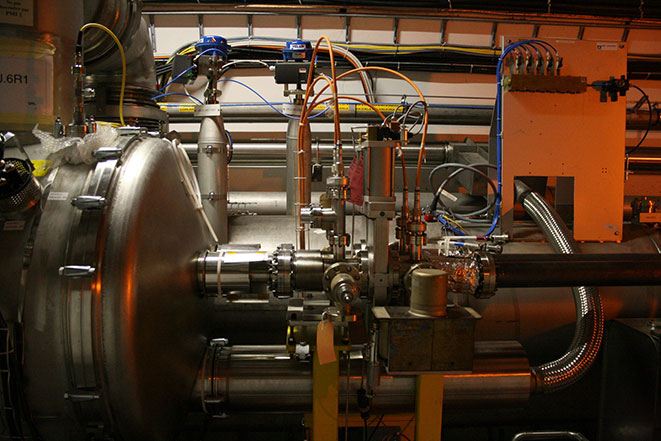
Mixer
– eNQP acceleration stage. Mixing with transport waves. Radio frequency stage
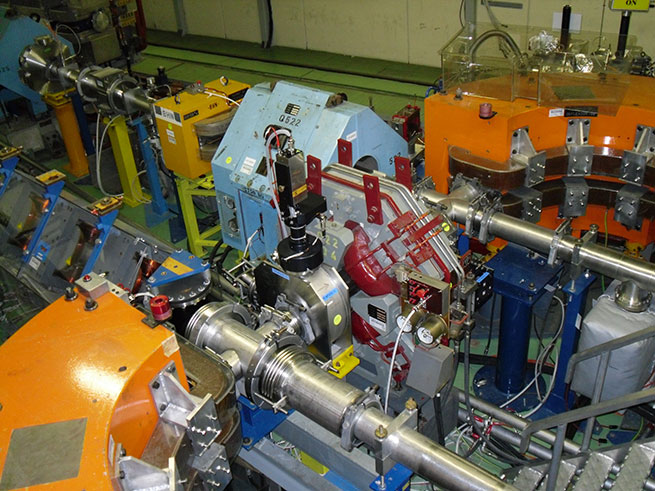
Tritium Line
Detail of one of >the injectors

eNQP detectors array
‘Exosphere’ detection stage. Spherical array with electronically controlled variable focus
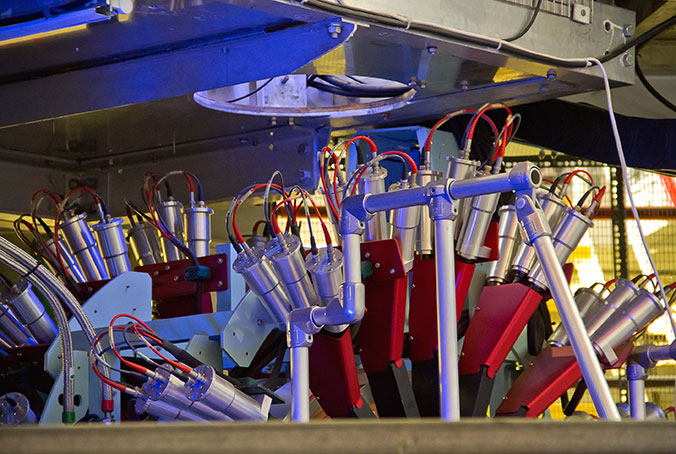
Detectors Stage
Detail of one eNQP detector. GeGaNd-A925T lens window
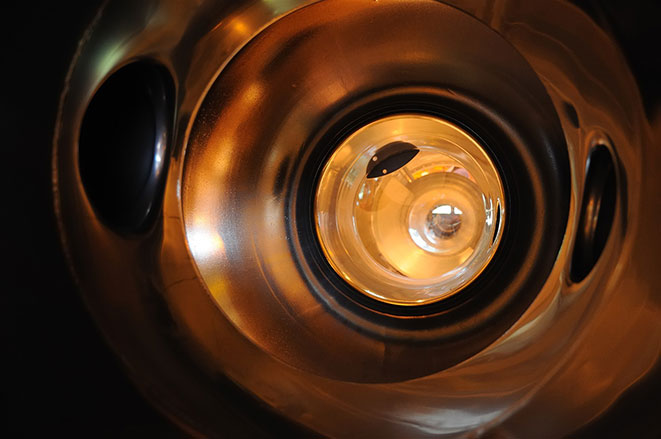
Control Room
Measurement Monitoring Set

Pure Science. Zero Compromise.
Igniton technology represents a three-decade evolution from large-scale hot plasma systems at CERN to compact, cold-plasma industrial solutions in Colorado.
SHOP ALL PRODUCTS



